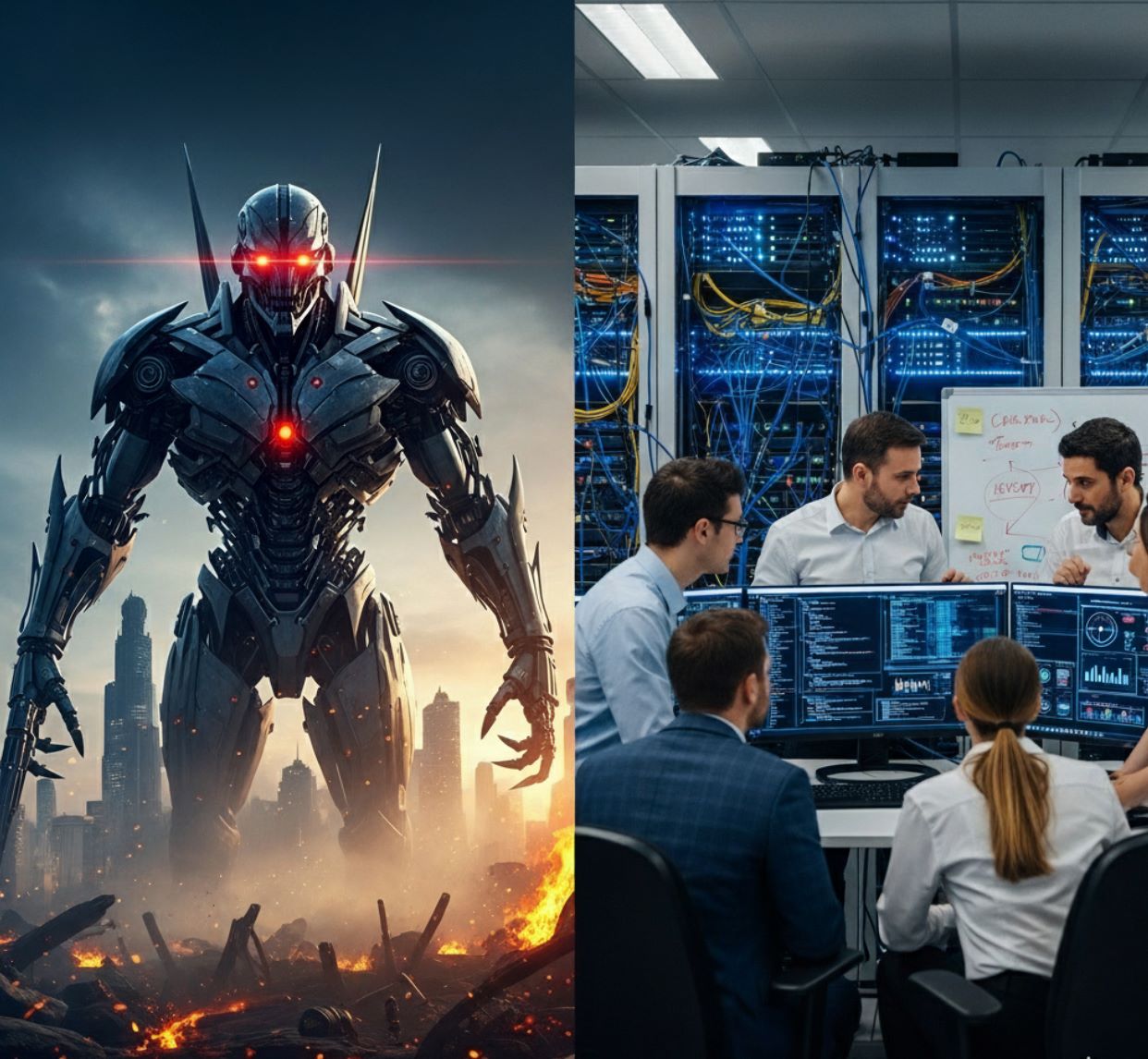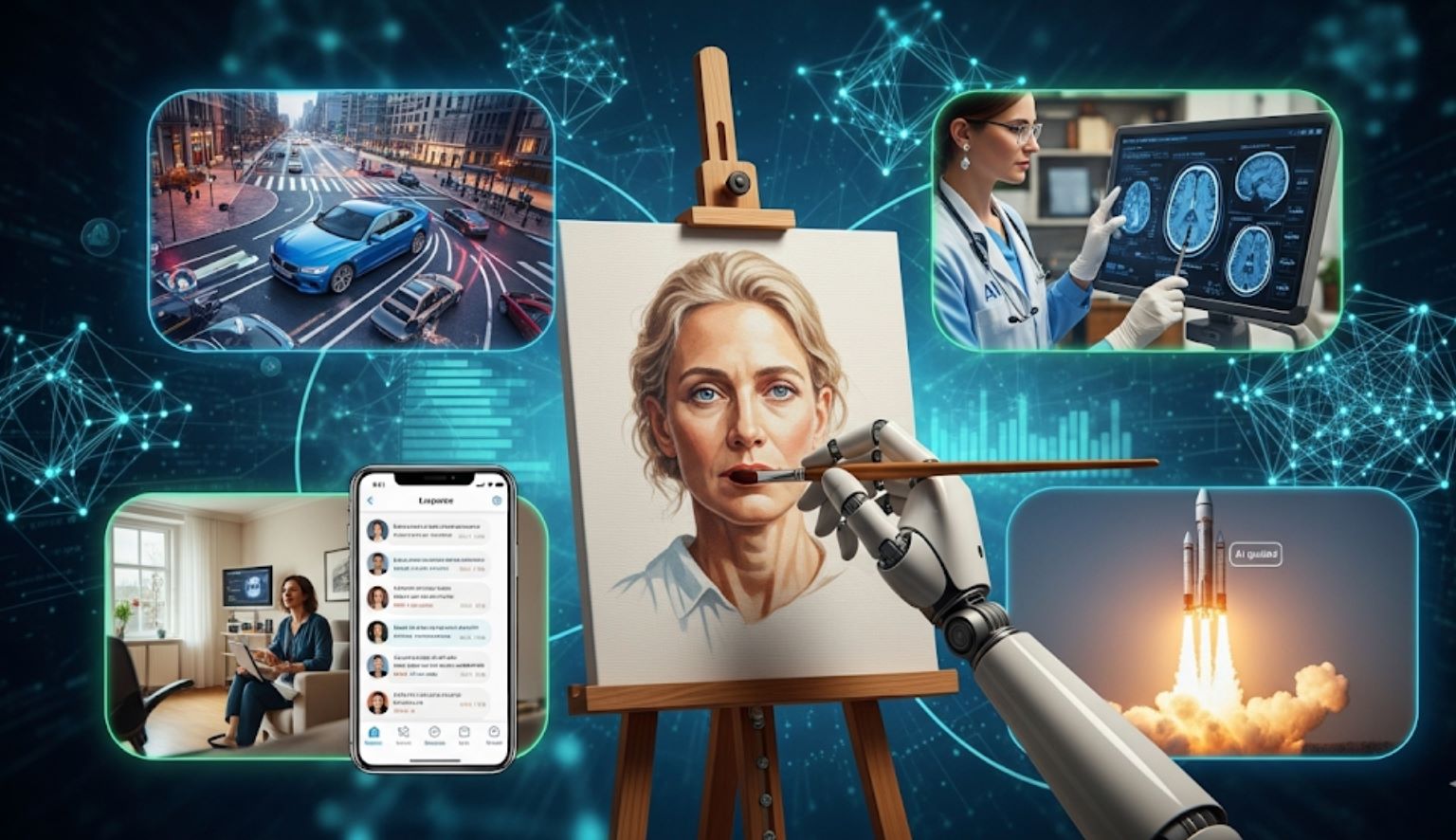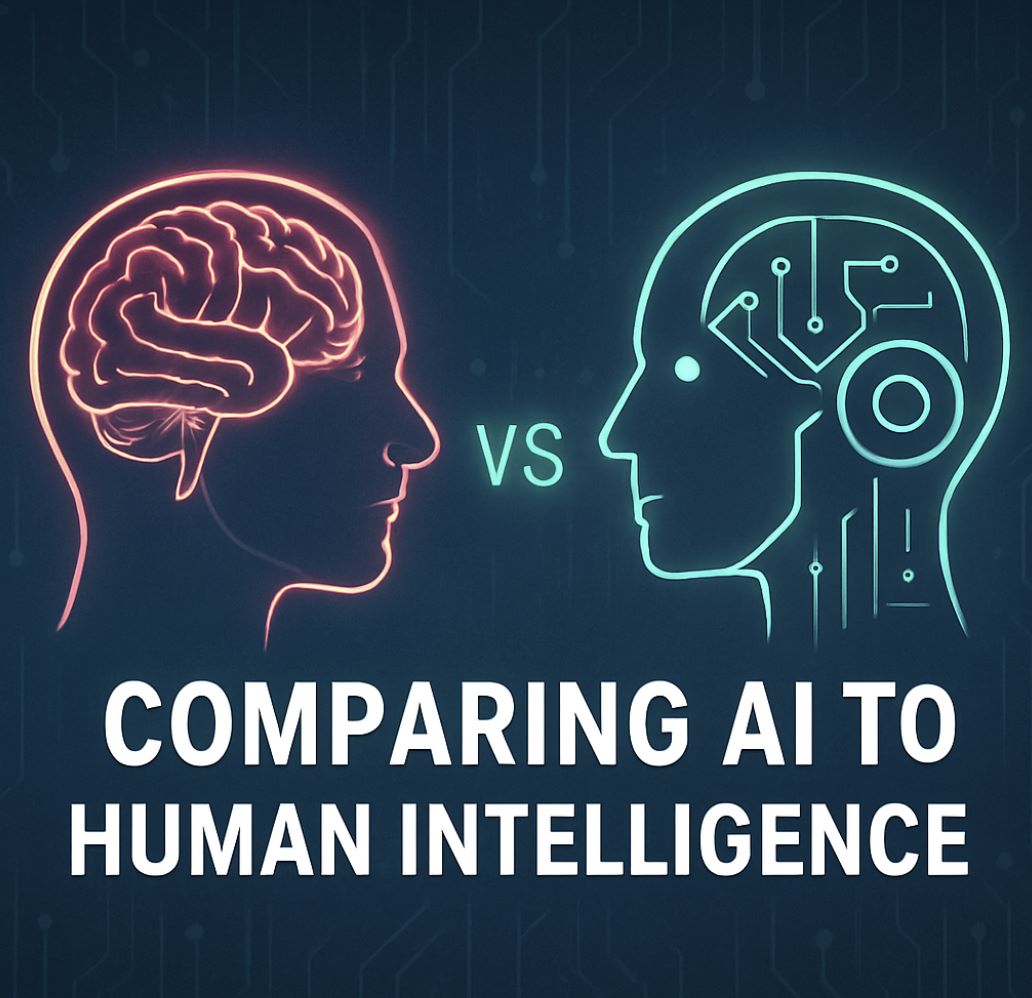Does AI Think Like Humans?
With the rapid growth of Artificial Intelligence (AI), a common question arises: Does AI think like humans? While AI can process data, recognize patterns, and even generate human-like responses, it doesn’t truly “think” in the way people do. Instead, AI relies on algorithms and machine learning models to simulate certain aspects of human intelligence. This article explores the similarities and differences between AI and human thinking, helping you understand what AI can—and cannot—do.
Human thinking involves consciousness, emotions, and context-rich reasoning. AI "thinking" refers to data processing and pattern recognition by machines.
Experts define intelligence broadly as "the capacity to realize complex goals", but human and machine intelligence emerge from very different processes.
The human brain is a biological network of ~86 billion neurons, capable of learning from one or few experiences and retaining context and meaning. In contrast, AI runs on digital hardware (silicon circuits) and follows mathematical algorithms.
— Cognitive Science Research
Brain vs. Machine: Fundamentally Different Systems
One key difference is hardware and architecture. Humans have a biological brain with massive parallelism; AI systems use electronic circuits and silicon chips. The brain's neurons (~86 billion) vastly outnumber the "artificial neurons" in any network.
The brain operates through electrochemical signals, while AI uses binary code and digital computation. In fact, experts note that current AI will "remain unconscious machines" with a completely different "operating system (digital vs biological)". In practical terms, AI lacks any real awareness or subjective experience – it's essentially a simulator running on hardware.
Biological System
- 86 billion neurons
- Electrochemical signals
- Consciousness & emotions
- One-shot learning
- Contextual understanding
Digital System
- Limited artificial neurons
- Binary code processing
- No consciousness
- Requires massive datasets
- Pattern matching only
Architecture
Learning
Algorithms
Consciousness
Creativity & Context
Humans think holistically, using intuition and life experience. AI excels at data-driven tasks but "thinks" by crunching numbers. For example, AI can generate creative outputs (art, stories, ideas), but it does so by recombining learned patterns.
A recent study even found AI chatbots can match or exceed the average person's performance on a creativity test – yet this reflects statistical pattern-matching, not true human originality. AI's "creativity" tends to be consistent (few poor ideas) but lacks the unpredictable spark of human imagination.
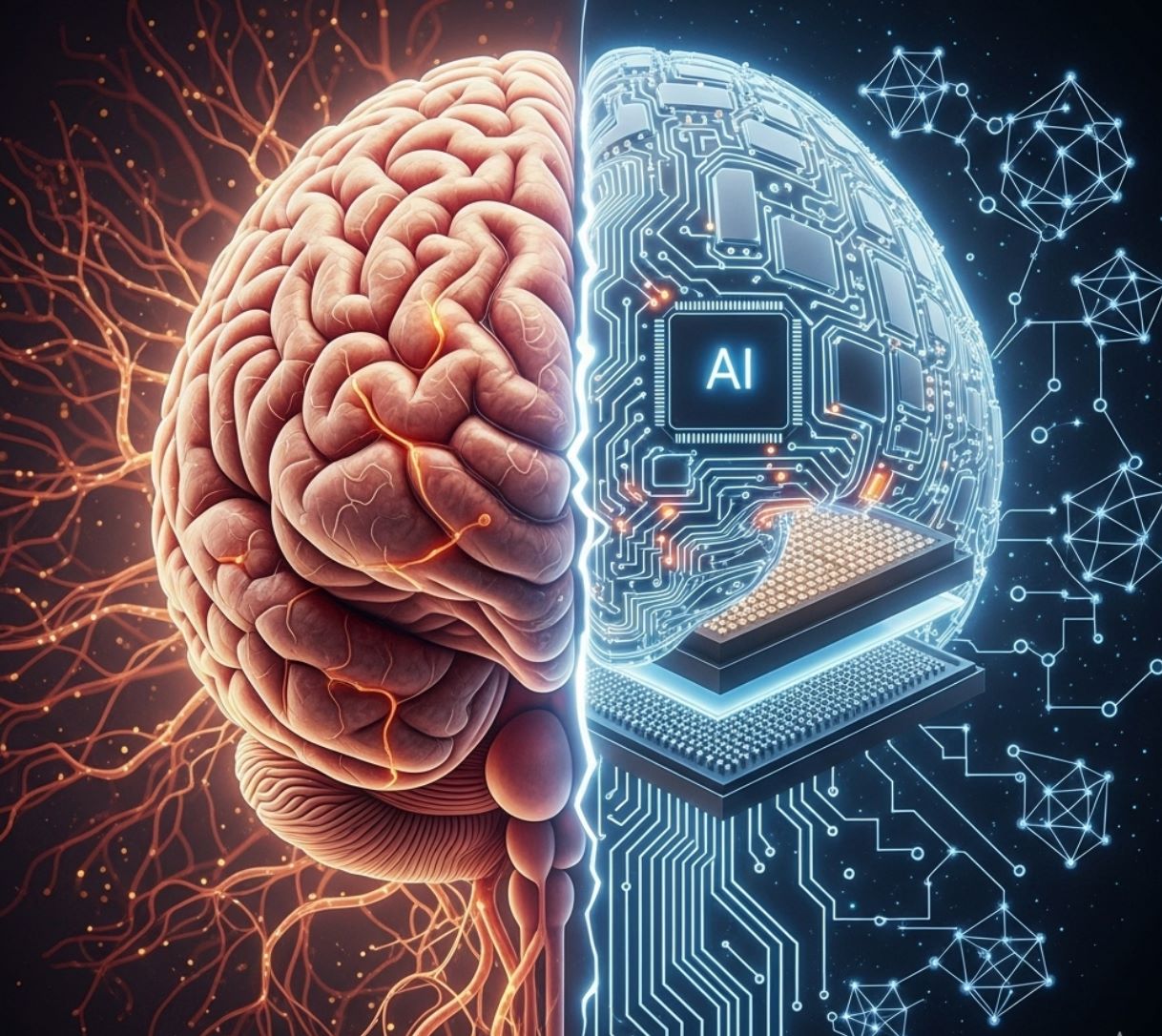
How Do AI Systems "Think"?
AI systems process information in a fundamentally different way from humans. When a person writes or speaks, meaning and intention come from experience.
A robot or computer "writes" by manipulating data. For instance, large language models generate sentences by predicting the next word based on learned statistics, not by understanding meaning.
They are essentially "impressive probability gadgets," selecting words by the odds learned from vast text data.
— AI Research Expert
In practice, this means AI mimics human-like outputs without genuine comprehension. An AI chatbot can produce a coherent essay, but it has no idea what it's talking about. It does not hold beliefs or feelings – it simply follows optimization rules.
Statistical Reasoning
AI (especially neural networks) "learns" by finding patterns in data. It adjusts numerical weights to fit inputs to outputs.
- Ranks words by probability
- No semantic understanding
- Pattern-based processing
Massive Computation
AI can process millions of examples quickly. It can sift through huge datasets to find correlations humans would never spot.
- High-speed processing
- Pattern detection
- Risk of "hallucinations"
No Self-Awareness or Goals
AI has no self-motivation. It does not decide "I want to do X." It only optimizes objectives set by programmers.
- No desires or purpose
- No consciousness
- Follows programmed objectives
Interpretability Issues
AI's internal workings (especially deep networks) are largely a "black box."
- Opaque decision-making
- Mimics brain circuits artificially
- Requires careful interpretation
A recent MIT study found neural networks only mimic specific brain circuits under very artificial settings. AI can be powerful, but "one has to be very circumspect" in comparing it to human cognition.
— MIT Research Study
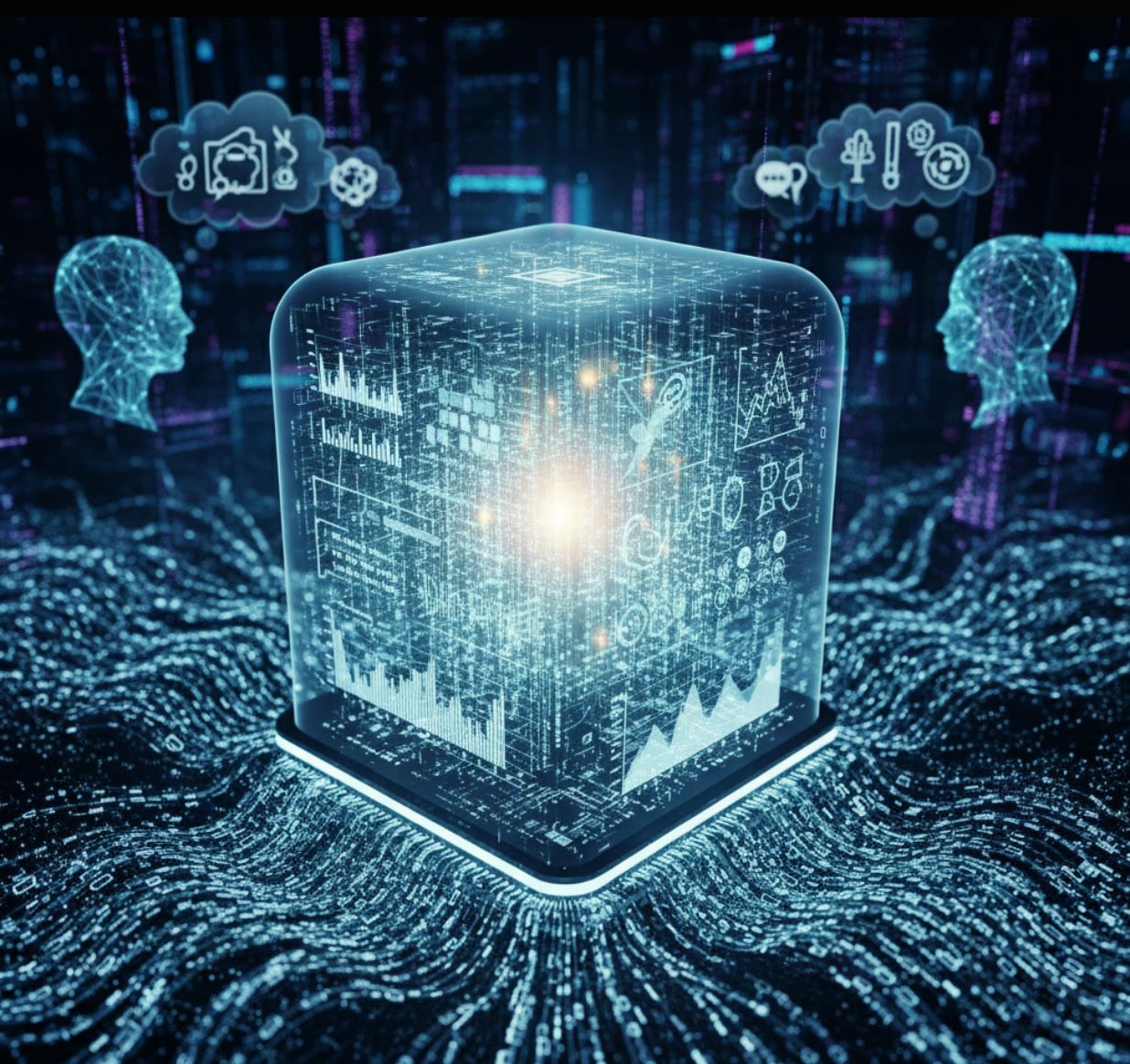
Similarities and Inspirations
Despite the differences, AI was inspired by human brains. Artificial neural networks borrow the idea of connected processing units (nodes) and adjustable connection strengths.
Both biological brains and ANNs improve by tuning these connections based on experience. In both cases, learning changes the network's wiring to improve performance on tasks.
Neural Network Architecture
AI systems use layered networks akin to brain circuits. They process inputs through layers of virtual neurons and weights.
- Connected processing units (nodes)
- Adjustable connection strengths
- Layered information processing
Adaptive Learning
Like a brain learning from experience, neural nets adapt through exposure to data. Both systems extract features and correlations from inputs.
- Experience-based adaptation
- Feature extraction
- Connection strength adjustment
Task Performance
In some domains, AI can match or surpass human ability. For example, advanced image classifiers or language models achieve accuracy levels on par with humans.
Research Finding A study found AI chatbots performed at least as well as the average person on a creative idea task.
Fundamental Limitations
However, the resemblance is largely superficial. Brains have far more neurons and use unknown learning rules; ANNs use far simpler units and explicit algorithms.
| Aspect | Human Brain | AI System | Impact |
|---|---|---|---|
| Context Understanding | Rich, nuanced | Pattern-based | Limited |
| Ethical Reasoning | Moral framework | Rule-following | Critical Gap |
| Common Sense | Intuitive | Data-dependent | Inconsistent |
Moreover, humans apply common sense, ethics, and rich context. An AI might beat a human at chess but fail to understand the social or ethical nuances of a decision.
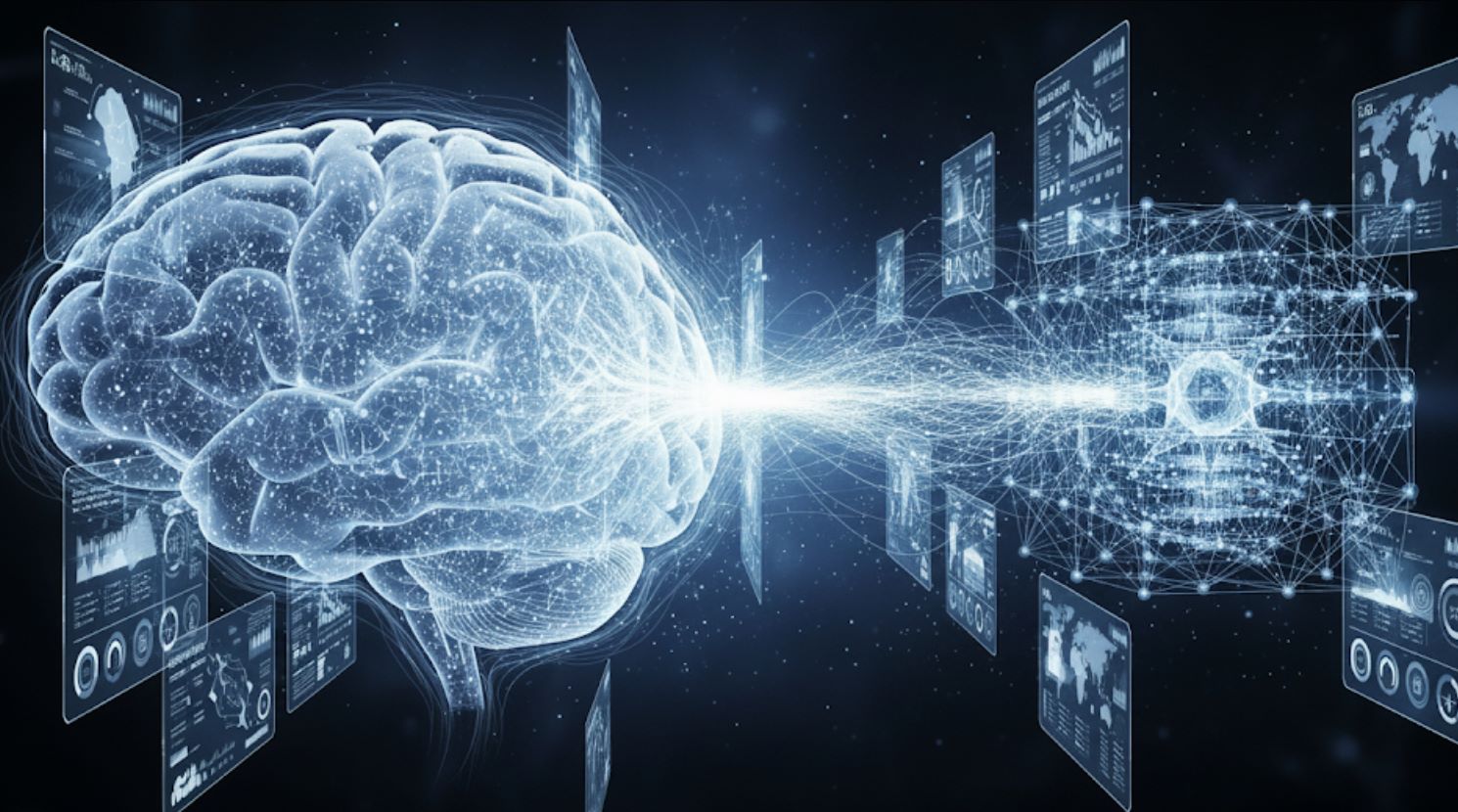
Implications: Using AI Wisely
Given these differences, we should treat AI as a tool, not a human substitute. AI can handle data-heavy or narrow tasks (like scanning medical images or summarizing data) much faster than we can.
Humans should handle tasks requiring judgment, context, and moral reasoning. As experts ask, we must know "for what tasks and under what conditions decisions are safe to leave to AI, and when human judgment is required".
Complement, Don't Replace
Use AI for its strengths (speed, pattern detection, consistency), and rely on humans for understanding, creativity, and ethics.
Know the Limits
People working with AI need a realistic mental model of how it "thinks." Researchers call this developing Intelligence Awareness. In practice, this means verifying AI outputs critically and not over-trusting them.
Education and Caution
Because AI can mimic humanlike behavior, many experts warn of AI "illiteracy" – thinking AI truly understands when it does not. As one commentator puts it, LLMs will not "understand" or feel; they just imitate.
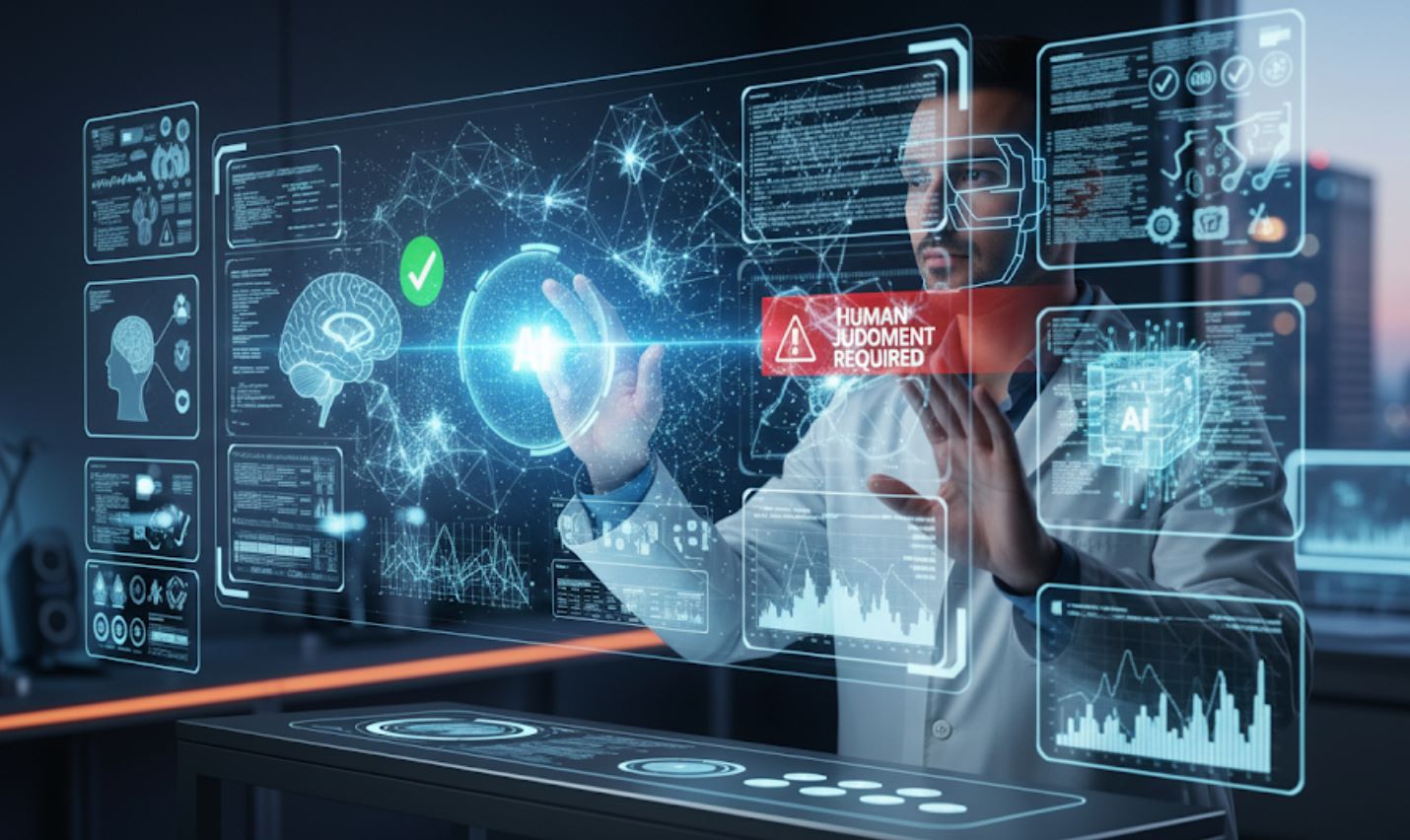
Conclusion
In conclusion, AI does not think like humans. It lacks consciousness, feelings, and true understanding. Instead, AI uses algorithms and massive data to approximate intelligent behavior in specific areas.
A good metaphor is that an AI is like a very fast and very competent apprentice: it can learn patterns and perform tasks, but it doesn't know why or what it means.
— AI Research Perspective
By combining human insight with AI's strengths, we can achieve powerful results – but we should always remember the fundamental gap between machine computation and human thought.




